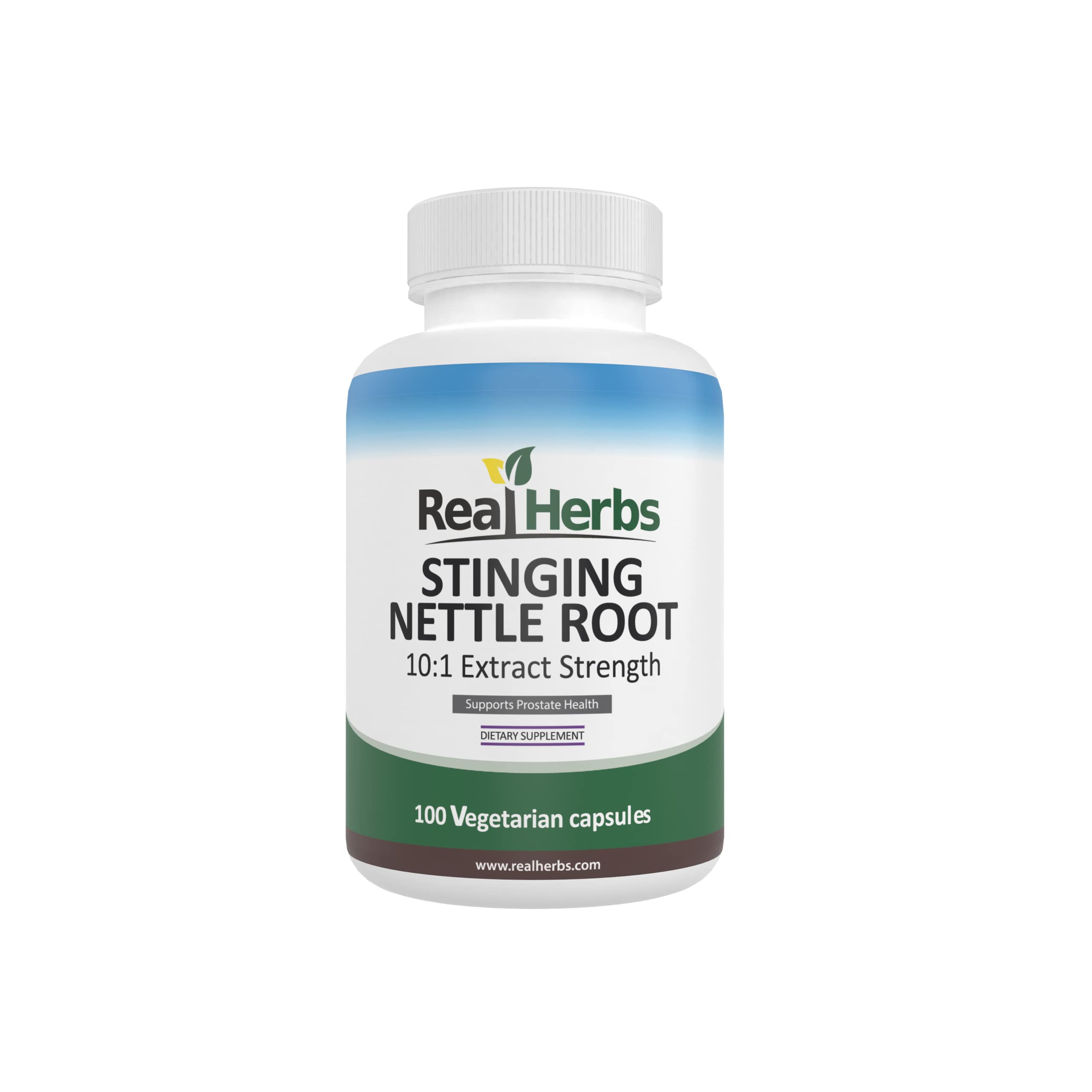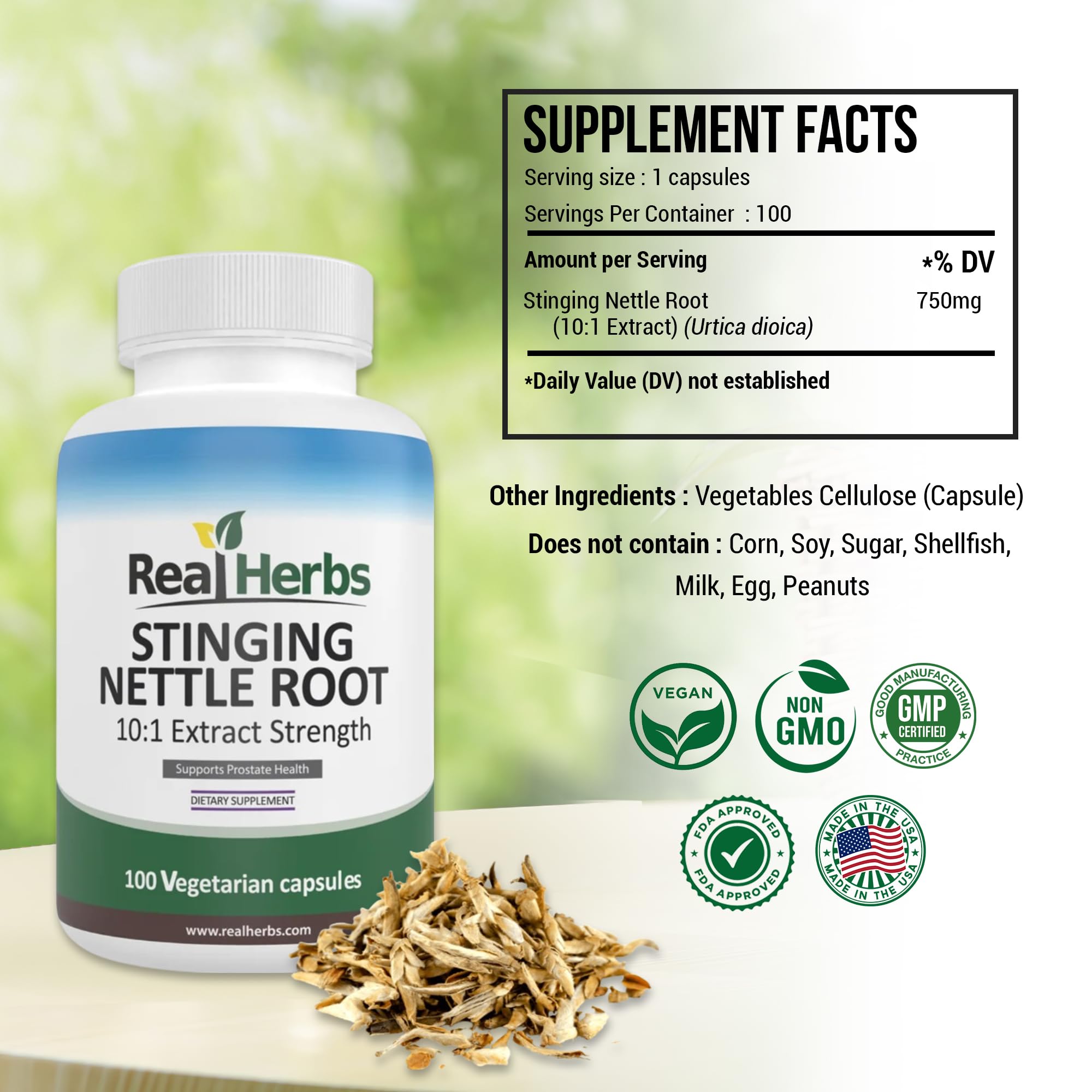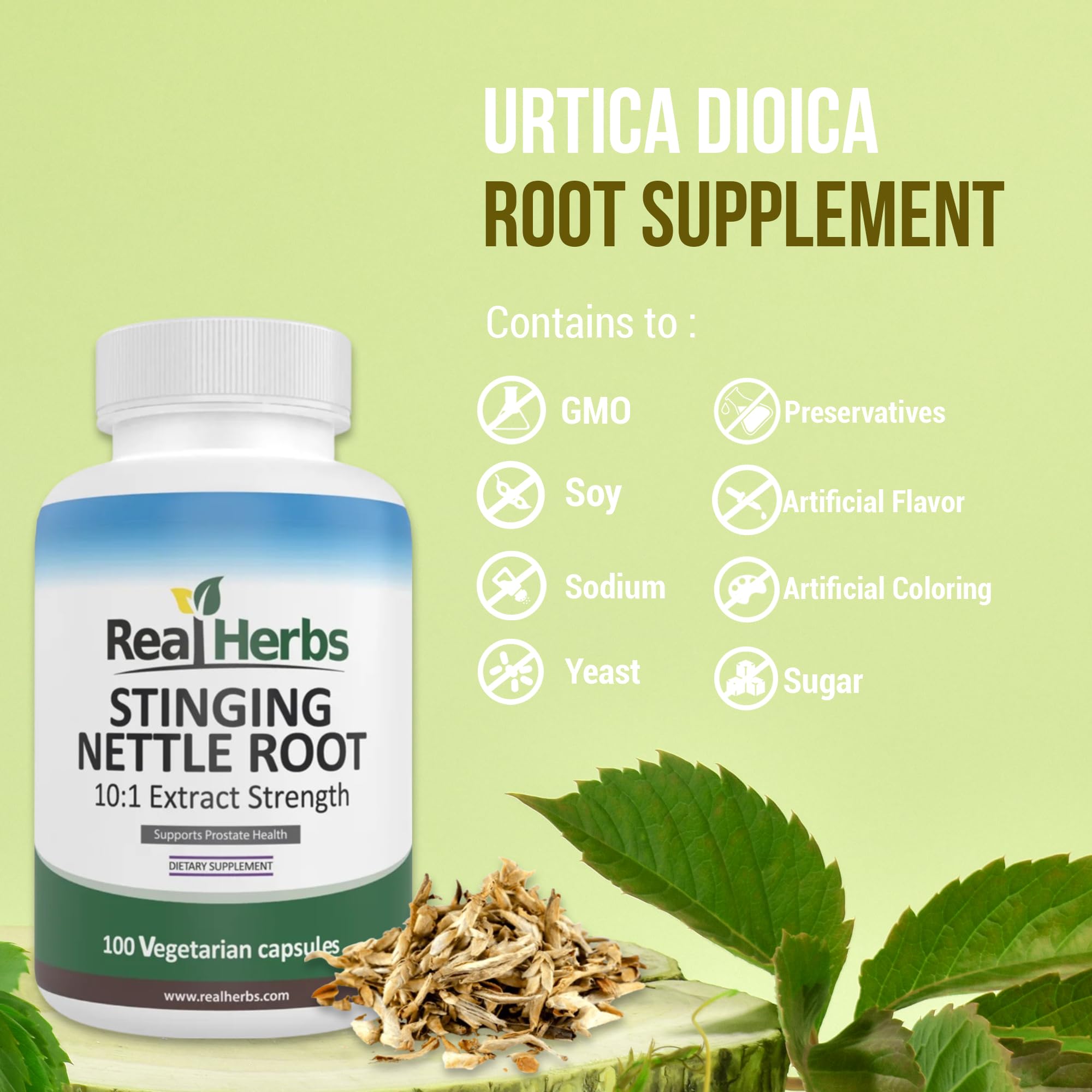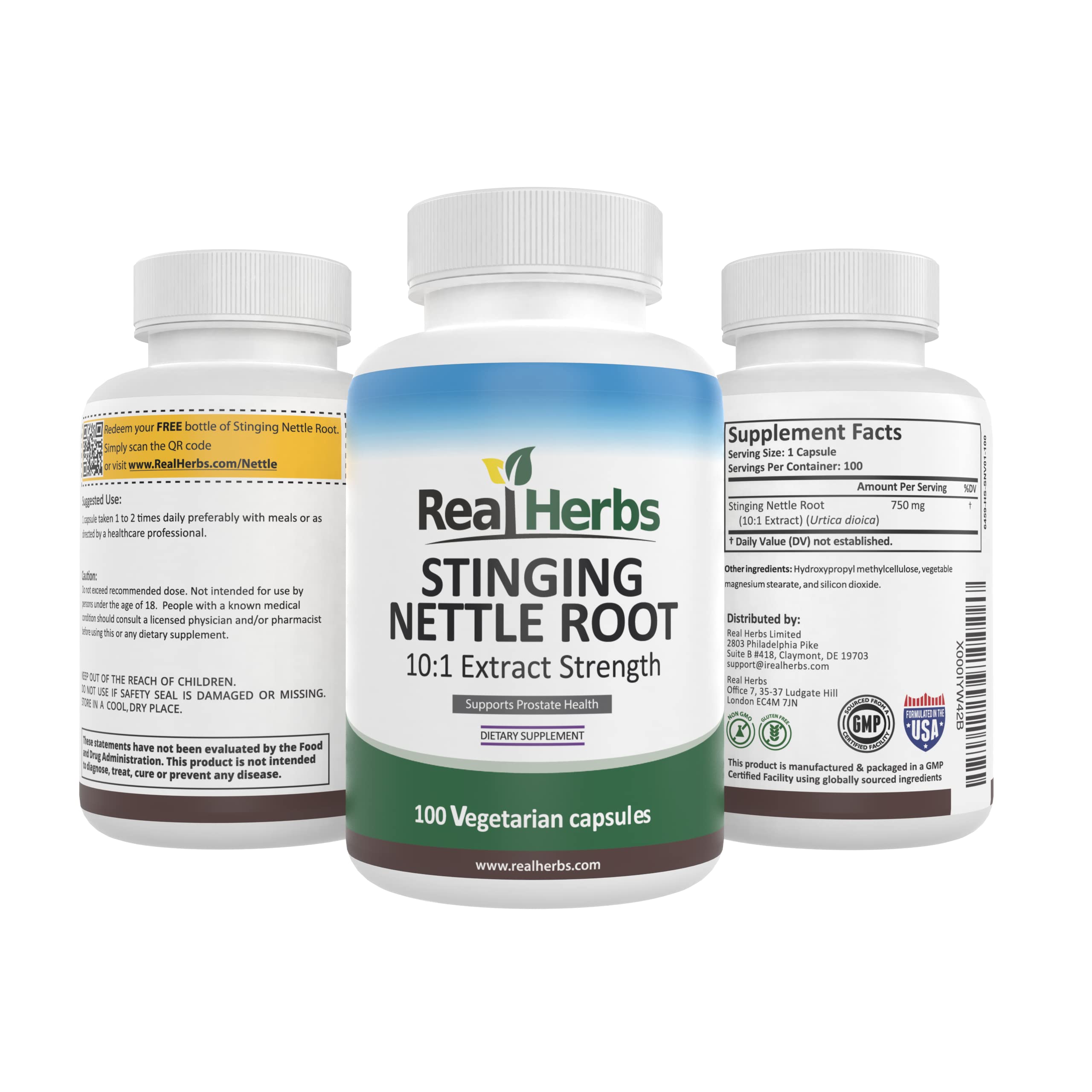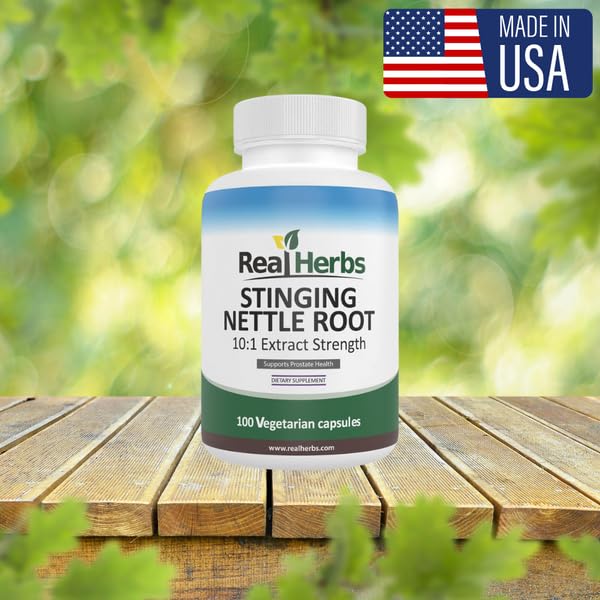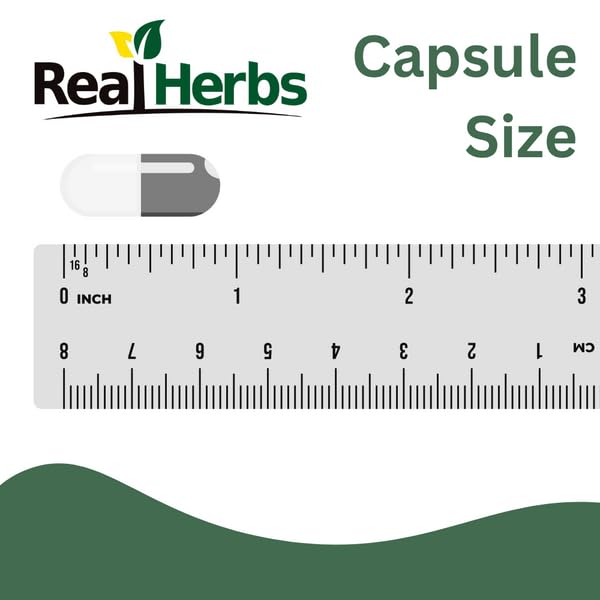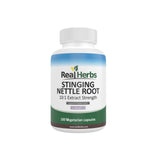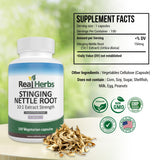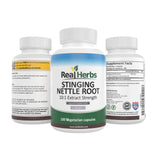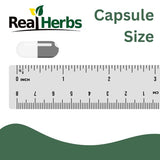How To Make Stinging Nettle Root Tea
How To Make Stinging Nettle Root Tea:
A Guide to Maximizing Benefits
An essential guide by Jessica Johnson, Herbal Science Researcher at Real Herbs.
Unlocking the Potency of Nettle's Underground Power
Stinging nettle (*Urtica dioica*) is celebrated across various cultures for its remarkable health benefits, with both its leaves and roots offering unique therapeutic properties. While nettle leaves are often brewed into teas or cooked, the root, with its distinct chemical composition, requires specific preparation methods to unlock its full potential, particularly for concerns like prostate health and hormonal balance. Understanding how to make stinging nettle root tea (more accurately, a decoction) is crucial for maximizing the extraction of its beneficial compounds and ensuring effective use.
This article will guide you through the process of preparing stinging nettle root for consumption, from traditional methods to practical tips for home use. We'll explore why certain preparation techniques are preferred for the root, how they influence the active compounds, and provide essential advice for safe and effective use. Discover how to harness the power of this underground marvel for your wellness journey.

Understanding Stinging Nettle Root and Its Benefits
Stinging nettle root is the subterranean part of the *Urtica dioica* plant, typically harvested in autumn or early spring when its active compounds are most concentrated [1]. Unlike the leaves, which are rich in vitamins, minerals, and compounds often used for seasonal allergies or joint discomfort [2], the root is particularly abundant in lignans, plant sterols (like beta-sitosterol), and scopoletin [3].
These compounds contribute to its primary benefits:
- Prostate Health Support: Nettle root is widely studied for its efficacy in alleviating symptoms of benign prostatic hyperplasia (BPH), helping to improve urinary flow and reduce nighttime urination. It does this by influencing prostate cell growth and enzyme activity [1, 5].
- Hormonal Balance: The lignans in nettle root can interact with Sex Hormone Binding Globulin (SHBG), potentially increasing the amount of "free" (bioavailable) testosterone [1].
- Anti-inflammatory Properties: The root also possesses anti-inflammatory properties, contributing to overall well-being [1, 4].
Preparation Methods for Stinging Nettle Root
Due to the fibrous nature and specific beneficial compounds concentrated in the root, simply steeping it like a leaf tea might not extract all its therapeutic potential. For roots, a "decoction" is the preferred method to draw out its harder-to-reach constituents.
1. Making a Stinging Nettle Root Decoction (The "Tea" Method)
A decoction involves simmering the roots in water for a longer period. This process is more robust than a simple infusion and is ideal for extracting compounds from tougher plant materials like roots, bark, and seeds [1, 7].
-
What You'll Need:
- Dried stinging nettle root (chopped or cut into small pieces for better extraction) [5]. If using fresh roots, ensure they are thoroughly cleaned and chopped.
- Water (preferably filtered).
- A non-reactive pot (stainless steel or glass).
- Strainer.
-
Step-by-Step Preparation:
- Measure Ingredients: Use approximately 1 tablespoon of dried, chopped nettle root per 1-2 cups of cold water. Adjust the ratio based on desired strength.
- Combine: Place the chopped nettle root and cold water in your pot.
- Simmer: Bring the mixture to a boil, then immediately reduce the heat to a gentle simmer. Cover the pot to minimize evaporation.
- Brew Time: Let it simmer for 20-30 minutes. This extended brewing time helps break down the fibrous root material and extracts more of the active compounds like lignans and sterols [1, 3]. Some studies on infusions (even for leaves) highlight how brewing parameters affect chemical composition [6].
- Strain: Remove the pot from heat and let it cool slightly. Strain the liquid through a fine-mesh strainer or cheesecloth, pressing the root material to extract as much liquid as possible. Discard the spent root.
- Serve: Your stinging nettle root decoction is ready. It will have an earthy, slightly woody taste. You can sweeten it with honey or stevia if desired, or add a squeeze of lemon.
- Storage: Store any leftover decoction in an airtight container in the refrigerator for up to 2-3 days.
2. Tinctures (Alcohol-Based Extracts)
While not a "tea," tinctures are another popular way to consume nettle root and are highly effective for extracting a broad spectrum of compounds, including those less soluble in water. Tinctures are highly concentrated and offer a convenient, long-lasting form of the herb.
- Preparation: Tinctures are usually made commercially by soaking dried nettle root in a high-proof alcohol solution for several weeks. This process effectively draws out both water-soluble and lipophilic (fat-soluble) compounds [1].
- Usage: Tinctures are potent, so only small doses (typically drops or a small dropperful) are taken, often diluted in a glass of water. Always follow the product's specific dosage instructions.
3. Encapsulated Powdered Extracts
For maximum convenience and precise dosing, commercially prepared encapsulated powdered extracts of stinging nettle root are widely available. These products are often standardized to contain a guaranteed amount of active compounds, ensuring consistency.
- Preparation: These involve industrial processes to create concentrated extracts that are then dried and put into capsules.
- Usage: Take capsules with water as directed on the product label. This method requires no home preparation beyond swallowing the capsule.
Safety and General Usage Tips
Regardless of how you prepare or consume stinging nettle root, it's essential to prioritize safety:
- Source Quality: Use high-quality dried nettle root from reputable suppliers. If wild-harvesting fresh roots, ensure proper identification and harvest from clean, uncontaminated areas.
- Fresh Root Handling: Even root hairs can cause some irritation, though less severe than leaf hairs. Wear gloves when handling fresh nettle roots.
- Dosage and Consistency: Adhere to recommended dosages. For chronic conditions, consistent daily intake over several weeks or months is usually necessary to observe benefits [1].
- Potential Side Effects: Stinging nettle root is generally well-tolerated, but mild gastrointestinal upset (stomach discomfort, diarrhea, or constipation) or a mild diuretic effect (increased urination) can occur [1, 4].
- Drug Interactions: Crucially, stinging nettle root can interact with certain medications, including blood thinners, blood pressure medications, and diabetes drugs. Always consult your healthcare provider before use if you are on any medications or have pre-existing health conditions [1].
Conclusion: Brewing Health with Stinging Nettle Root
Understanding **how to make stinging nettle root tea** (or more accurately, a decoction) is a valuable skill for those seeking to harness its unique health benefits. The extended simmering process of a decoction is essential for extracting the full spectrum of beneficial compounds from the root, including those that support prostate health and hormonal balance. While traditional decoctions offer a hands-on approach, commercially available tinctures and capsules provide convenient and consistently potent alternatives.
By choosing the preparation method that best suits your lifestyle and always prioritizing safety through proper sourcing and professional consultation, you can confidently integrate this remarkable underground herb into your daily wellness regimen. Brew up a cup of health and experience the lasting benefits of stinging nettle root.
Ready to experience the benefits of Stinging Nettle Root?
Real Herbs Stinging Nettle Root Extract is a premium, potent supplement designed to support healthy testosterone levels, prostate health, and overall male vitality. Crafted for purity and efficacy, it helps liberate your free testosterone, so you can enjoy enhanced energy, improved performance, and a renewed sense of well-being.
Who it helps: Men experiencing symptoms of low testosterone, seeking natural prostate support, or looking to optimize their overall male health naturally.
Why it’s safe/trusted: Manufactured under strict quality controls, Real Herbs prioritizes purity and potency, ensuring you receive a product you can trust.
All our products are backed by our 100-Day Money-Back Guarantee!
"I've been using Real Herbs Stinging Nettle for a few months now, and I've noticed a significant improvement in my energy levels and overall vitality. Highly recommend it!" - Mark T.
"As someone approaching 50, I was looking for natural ways to support my health. This product has genuinely made a difference in my energy and mood." - David S.
Disclaimer: The information provided in this article is for educational purposes only and is not intended as medical advice. Always consult with a qualified healthcare professional before making any decisions about your health or starting any new supplement regimen. These statements have not been evaluated by the Food and Drug Administration. This product is not intended to diagnose, treat, cure, or prevent any disease.
Scientific Credibility & Citations
- Chrubasik JE, Roufogalis BD, Wagner H, Chrubasik S. A comprehensive review on the stinging nettle effect and efficacy profiles. Part II: urticae radix. *Phytomedicine*. 2007 Aug;14(7-8):568-79. PMID: 17509841 (Review)
- Bhusal KK, Magar SK, Thapa R, et al. Nutritional and pharmacological importance of stinging nettle (*Urtica dioica* L.). *Heliyon*. 2022 Jun 22;8(6):e09717. PMID: 35800714 (Review)
- Tarasevičienė Ž, Vitkauskaitė M, Paulauskienė A, Černiauskienė J. Wild Stinging Nettle (*Urtica dioica* L.) Leaves and Roots Chemical Composition and Phenols Extraction. *Plants (Basel)*. 2023 Jan 9;12(2):309. PMID: 36679022 (Research Article)
- Dhouibi R, Affes H, Ben Salem M, Hammami S, Sahnoun Z, Zeghal KM, Ksouda K. Screening of pharmacological uses of Urtica dioica and others benefits. *Prog Biophys Mol Biol*. 2020 Jan;150:67-77. PMID: 31163183 (Review)
- Konrad L, Müller HH, Lenz C, Laubinger H, Aumüller G, Lichius JJ. Antiproliferative effect on human prostate cancer cells by a stinging nettle root (Urtica dioica) extract. *Planta Med*. 2000 Feb;66(1):44-7. PMID: 10705733 (In-vitro study)
- Wolska J, Czop M, Jakubczyk K, Janda K. Influence of temperature and brewing time of nettle (Urtica dioica L.) infusions on vitamin C content. *Pomeranian Med Univ*. 2016;61(1):60-5. PMID: 27925706 (Research Article on infusions, includes root)
- Adisesh A, et al. Urtica dioica in comparison with placebo and acupuncture: A new possibility for menopausal hot flashes. *J Altern Complement Med*. 2019 May;25(5):548-554. PMID: 31126551 (Human Clinical Trial)

